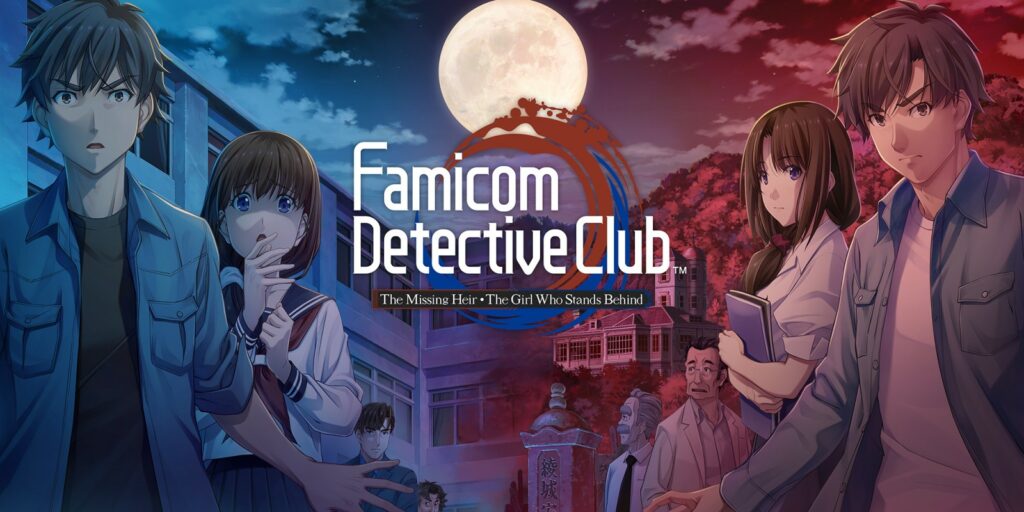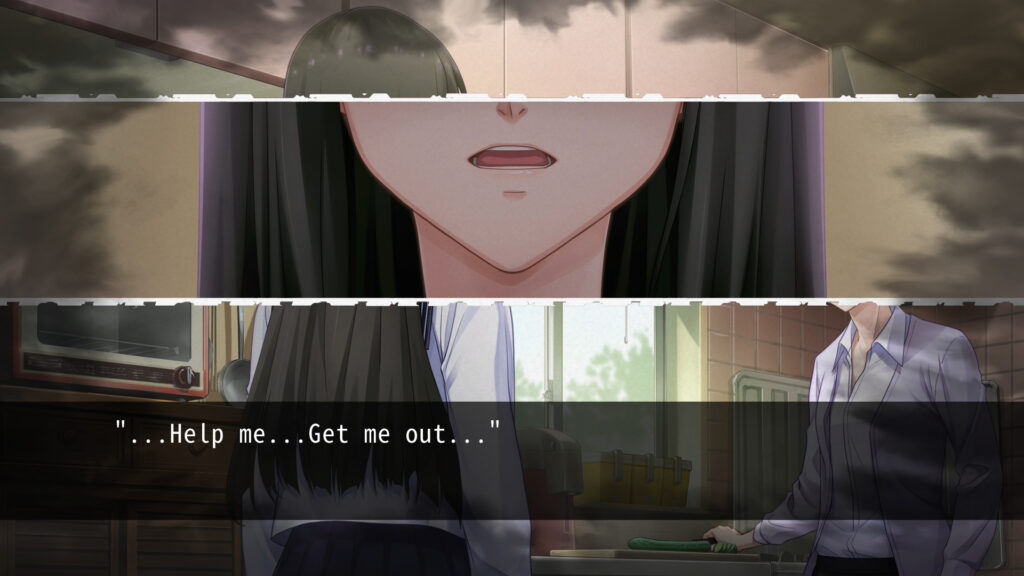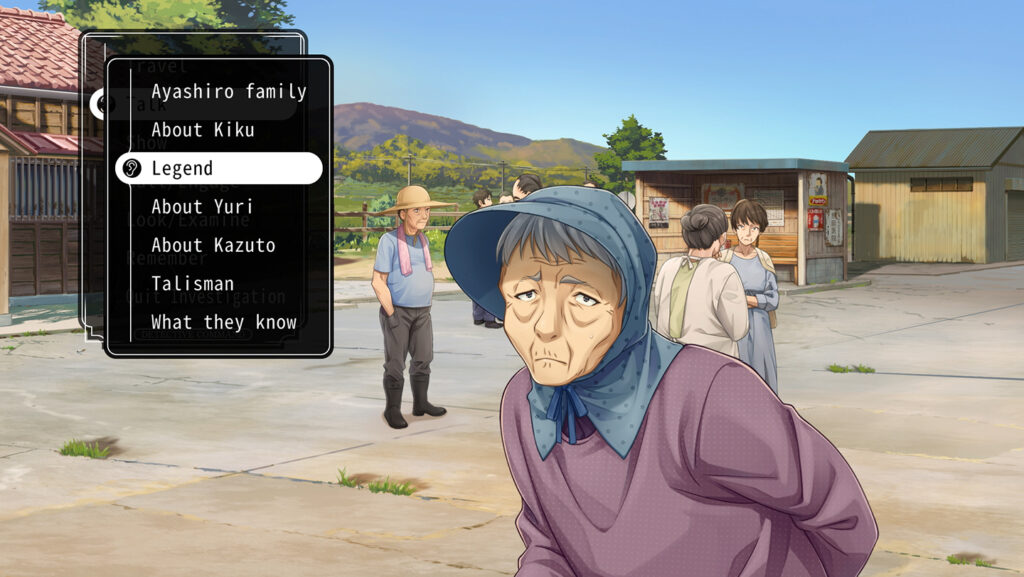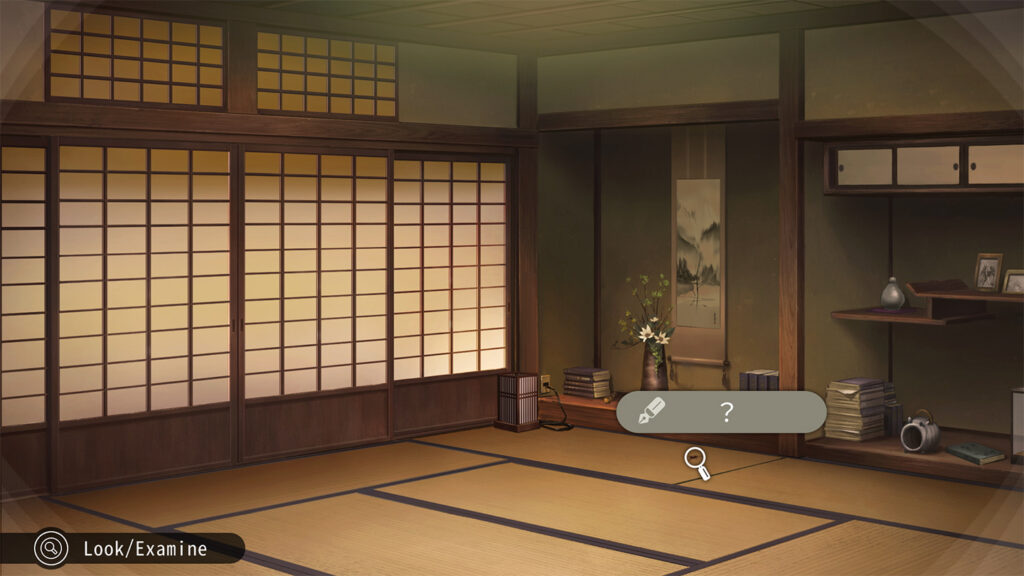
Developer: Nintendo
Publisher: Nintendo
Platform: Switch
Tested on: Switch
Famicom Detective Club – Review
The announcement that Famicom Detective Club would be coming to the Switch came as a bit of a surprise. After all, this is a remake of a pair of obscure Famicom titles that never officially saw the light of day outside of Japan, from a series that Western audiences had probably never even heard of. The series has enjoyed enduring popularity in Japan though, with the original versions of the duology re-released on the Game Boy Advance, Wii, Wii U and 3DS. Now an international audience can finally discover what the fuss is about. We were certainly eager to find out what Famicom Detective Club has to offer, so we took a look at both stories on offer. Are these mysteries worth investigating or should the series have stayed in Japan?
Story
You’re not getting a single story here but two complete standalone narratives, titled The Missing Heir, originally released in 1988 and The Girl Who Stands Behind, which debuted a year later. We should point out here that you’re better off playing The Girl Who Stands Behind first, as it takes place earlier in the timeline. That said, have no fear, dear reader: we won’t be posting any spoilers here. After all, both The Missing Heir and The Girl Who Stands Behind are best experienced going in blind and seeing the events fold out before your own eyes. That said, we can still outline the basic premise of course, so that you at least have an idea of what mysteries you’ll encounter should you decide to take the plunge.
Both stories feature the same protagonist, a 17 year old detective whom you get to name yourself. We’re not going to delve too much into the fact that you’ve got an underage kid solving murders, as Famicom Detective Club expects you to just roll with it. That’s a common theme throughout both games: real-world logic doesn’t apply here, so don’t overthink things, and simply accept the fact that a minor is able to be a murder-solving detective. Admittedly, some sort of backstory is given and it explains how our hero is taken under the wings of an adult detective named Utusugi, after a tragic incident leaves him an orphan, resulting in a Bruce Wayne and Dick Grayson situation (without the superhero outfits). Our protagonist becomes a junior member of the Utsugi Detective Agency, and in The Missing Heir, this organization is tasked with investigating a suspicious death.
The Missing Heir is a fantastic story involving supernatural events, family drama, and a huge inheritance, of course. As we said, we won’t spoil anything here, but rest assured that you’re getting a tale that is sure to surprise you with its twists and turns. Meanwhile, The Girl Who Stands Behind focuses slightly less on the mystery and instead offers up a more character-driven experience, set in a school. It helps that the cast in this story is far more likable compared to the first title in the series. Just like in the Missing Heir, supernatural elements are present, this time focused around a ghost which supposedly haunts the school grounds. Both stories are intriguing and well written and are the main driving force to keep playing. Unlike the more outlandish characters you see in Ace Attorney, Famicom Detective Club’s cast is far more grounded in reality, even if the story defies logic, which it does quite often.
Graphics
We’ve come a long way from the graphics of the original Famicom versions of these titles, and both stories are brought to life through gorgeous illustrations, most of which feature some sort of animation. Character movement is limited to keyframe animation, so don’t expect animated cutscenes but something that bridges the gap between full animation and still images posed against static backgrounds. It’s difficult to describe the animation style without actually seeing it in action, but it’s something that we’d like to see in other games that typically only make use of illustrations for their lengthy dialogue scenes. Of note here is that Famicom Detective Club isn’t afraid to show the gory details either. The game’s depiction of corpses in particular is surprisingly gruesome and occasionally not for the faint of heart.
Sound
Just like the visuals, Famicom Detective Club’s audio has received a much-needed coat of polish. You can opt to play the game’s original audio, accurately replicating the 8-bit sounds of the Famicom era, but the remakes feature an orchestrated reïnterpretation of these tunes, which is far more enjoyable to listen to. Both stories also feature voice acting, though there is only a Japanese voice track present, and no English dubbing to be found. Of course, the games are set in Japan, so this makes sense, but since the lack of English voices might be disappointing to some people, we thought we’d point it out. If you prefer to be a silent protagonist, you’re also able to turn off the player character’s voice.
Gameplay
Famicom Detective Club occupies a bit of a strange space when it comes to determining what genre it wants to be. Although both stories are technically speaking visual novels, there is enough puzzle-solving present to make these games feel like they are more interactive experiences than what you’d expect from the genre. Ultimately, Famicom Detective Club sits between a visual novel and a point-and-click adventure title. The game shares this grey area with the Ace Attorney series, minus the courtroom parts. The original Famicom releases of these titles predate the first Ace Attorney game by quite a few years, but if you’ve played any of Phoenix Wright’s outings, it’s difficult to ignore the similarities. It’s obvious that both series share some of their DNA, with Capcom’s series clearly taking some inspiration from Nintendo (although we wouldn’t rule out that Nintendo subsequently looked at the Ace Attorney titles to make some tweaks to the Famicom Detective Club remake).
The majority of the gameplay is centered around gathering information that will help you solve the case you’re investigating. You move from location to location (accompanied by your trusty sidekick Ayumi in The Girl Who Stands Behind), as you pick up evidence and talk to people, trying to pry away nuggets of information that will lead you to your next breakthrough. The concept isn’t anything special by modern-day standards, though we can imagine it was revolutionary three decades ago when these games originally launched. Of course, what we’re getting here aren’t exact replicas. Apart from the audiovisual upgrades, Famicom Detective Club brings along a slew of quality of life improvements compared to the original releases. The main novelty is the story recap, which will give you a brief summary of what happened when you return to the game between playing sessions. Given that you’re looking at around seven hours per title, you probably won’t be seeing a lot of this feature, as it’s easy to clear a single story in an afternoon if you wish, but it’s still nice to see a feature like this included here. Other improvements include a story log and a handy notebook so that you have an overview of what information you’ve gathered already.
Admittedly, there are a couple of design flaws in the core gameplay loop, but these are the result of Famicom Detective Club sticking a bit too close to the design principles of the original releases. The game wants to take you through the story in a specific way, which can be a bit frustrating when you’re already thinking two or three steps ahead. Sometimes it’s clear what you need to do to progress the story, but the game expects you to take the long route, taking extra steps just to progress. For example, at a certain point, you’re supposed to question a subject, and you’ll need to ask the same question over and over again a certain number of times, getting the same canned response, until the character decides to answer your question after all. The issue is that you’re supposed to know this somehow, even though it doesn’t make any sense by the design standards we’ve come to expect for video games.
It’s a single example that illustrates some of Famicom Detective Club’s bigger design issues. The game isn’t consistent in this regard either. You’re often required to keep repeating the same action several times on the same object and just expect things to respond differently. The game occasionally throws you a bone by having slight differences in character responses when you do so, but there are plenty of times where you can feel stuck and just repeat actions over and over again, hoping that you’ll somehow break the loop. Likewise, when you’re searching the screen for clues, some items you are supposed to interact with will be marked when you hover over them, but other times, there is no indication that you can do something and you’re left randomly clicking things hoping for the best. In the grand scheme of things, these design flaws are easily circumvented by using an online guide, but they highlight the game’s age, despite the new coat of paint. This is made all the more baffling when you realize that Nintendo wasn’t averse to making changes to the games, as evidenced by the introduction of the aforementioned QoL updates.
Even between the two titles, there is a massive difference in how these two were designed, which is quite frankly befuddling. From a storytelling perspective, you’re far better off starting out with The Girl Who Stands Behind, but from a gameplay perspective, you’ll notice that The Missing Heir feels more primitive when you tackle it after playing The Girl Who Stands Behind. The simultaneous re-release of both titles would’ve been the perfect opportunity to make a few tweaks to The Missing Heir, if only to bring it in line with The Girl Who Stands Behind. It’s a tough call to make, however, and we understand that Nintendo decided to stay as true as possible to the originals so that the overall experience emulates the 1988 version. Even so, we’re hoping that this rerelease heralds an upcoming new Famicom Detective Club game in the future, if only to see where Nintendo takes the concept with modern-day design philosophies in mind.
Conclusion
Despite a few rougher edges, which stem from Famicom Detective Club’s design legacy, the remakes hold up incredibly well. What the game lacks in modern design sensibilities is more than made up for by two well-written stories filled with memorable situations and a quirky cast of characters. If you’re a fan of Ace Attorney, you’re absolutely going to love spending time with its spiritual ancestor. If you aren’t familiar with games like these, but you’re eager to dive into a murder mystery with some supernatural events sprinkled on top, then this is a title definitely worth checking out. Just keep in mind that you might have to refer to the internet for looking up the solution to some of the game’s obtuse puzzles. Make no mistake though, this a pair of niche titles for a niche audience so if you’re not at least a little intrigued by the genre, this probably isn’t the title that’s going to convince you.
Famicom Detective Club - Review,1 Comment
Leave a Reply
You must be logged in to post a comment.











[…] sure does fly, doesn’t it? It has been three years since Nintendo revived and localized their Famicom Detective Club games, seemingly out of nowhere. Three years is an age in video game time, of course, so when the […]